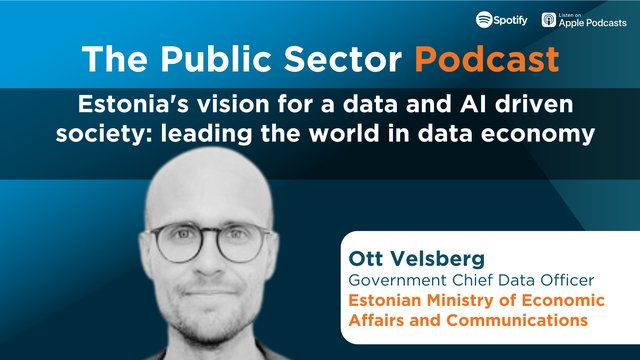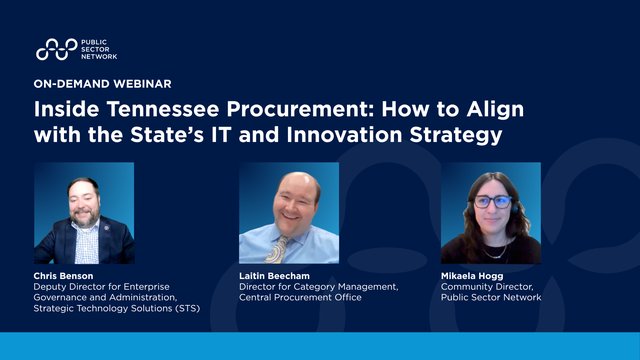
“Agile” is hardly a new business concept, and its philosophy of flexibility and feedback-based iteration has moved far beyond its origins in software development. The most agile public sector leaders have realised the need for a holistic approach at scale – not just as a way of doing things – but as a way of thinking that values flexibility, quick response to change, and constant customer feedback.
The new agile government is the cornerstone of modern governance, enabling rapid adaptation and innovation to meet the dynamic needs of society – it’s the new wave in public management.
Governments have not only become aware of the new agile, but they are jumping in headfirst to integrate best-of-breed approaches. Let’s take a look at the latest 4 trends in government agility and flexibility.
- Flexible, Responsive Policymaking
Rigid policymaking hinders governments by:
- stifling innovation
- impeding responsiveness to changing circumstances
- alienating citizens who expect dynamic solutions to evolving challenges
The attempts to improve policy making have suffered from a gap between theory and practice – they are either unrealistic models which leave too much to chance, personality, and individual skill, or they don’t provide the support to turn practices that have been discussed and set into reality. So civil servants often know what they should be doing, but experience difficulties putting it into practice.
Agile policymaking on the other hand, deploys key elements of agile methodology such as:
- User-Centered Design (UCD)
- prototyping
- rapid iteration
- continuous customer feedback loops
In cases where complexity and unpredictability are increasingly part of the decision-making process, in comes foresight and scenario analysis, which both enable policymakers to understand emerging trends and frame new policies against future risks identified. In other words, agile policymaking involves fearless experimentation to address complex and evolving societal issues.
2. Adaptive Technology at Scale
Digital platforms have enabled governments to adapt quickly to changing needs, scale services as required, and respond rapidly to citizen demands.
Taking it a step further, AI-driven agile project management tools have assisted in the journey to agility for governments across the globe.
By using AI in project management, agencies can:
- better deal with common problems (handling complex requirements, keeping to tight budgets)
- make sure project outcomes satisfy user needs
- automate the creation and organization of user feedback into clear user stories ensuring that development efforts match user needs closely
- project teams can therefore respond quickly to the most critical user needs
3. Intelligent, Instrumented Physical Infrastructure
This trend is one of the more new-to-the-scene adaptions. As mentioned earlier, the term ‘agile’ has typically focused on software and processes. The new agile in government however is also a term we can see as we walk into the bricks and mortar of our private sector offices.
- Physical office plans have incorporated adaptive design principles to create multi-use spaces that can accommodate changing needs over time (flexible office spaces can be easily reconfigured to suit certain meetings, activities and employee needs)
- Transportation hubs have also been designed and implemented to accommodate future mobility trends, extending the new ‘agile’ into public space.
Integrating smart technologies and Internet of Things (IoT) sensors into the physical infrastructure has created ‘smart buildings’ which:
- leverage predictive analytics to monitor equipment performance and anticipate maintenance needs, minimizing downtime and extending asset lifespan
- enable remote monitoring and management of facilities, allowing government agencies to optimize space utilization, reduce operational costs, and respond quickly to maintenance issues
4. Cultural Transformation that Champions Change
Workplace culture can make or break agile transformations. An agile workforce is key to nimble government and to sustain that flexibility there must be cultural changes practiced around how work gets done in the public sector - but this part of the agility transformation is the toughest to get right due to the long-standing hierarchical processes government departments have traditionally relied upon.
Nevertheless, to kickstart the culture shift to agility:
- a safe environment must be created and maintained, especially by leaders, for experimentation with new methods and where learning from failures is valued and innovation is nurtured
- Lateral power structures, as opposed to the traditional hierarchy in government departments is key when it comes to decision-making. New agile government leaders must empower these teams with autonomy to innovate and with decision-making authority. Teams are then enabled to respond more quickly to local needs and deliver value to citizens
- Shift from traditional workforce strategies to routines based around flexibility in response to the demanding and ever-changing workforce and citizen needs
- Flexible talent models to mobilize skills in the face of talent shortages. This approach places skills at the center rather than traditional jobs with specific descriptions and requirements
- Configuring teams based on facilitating outcomes instead of on function and expertise to boost productivity and engagement, limit handoffs between functional silos, focus on a wider array of skills, and focus on a shared objective – the new agility
Want access to even more digital government insights and chat with your peers about the future of digital government? Join our Digital Government & CX community here.

































